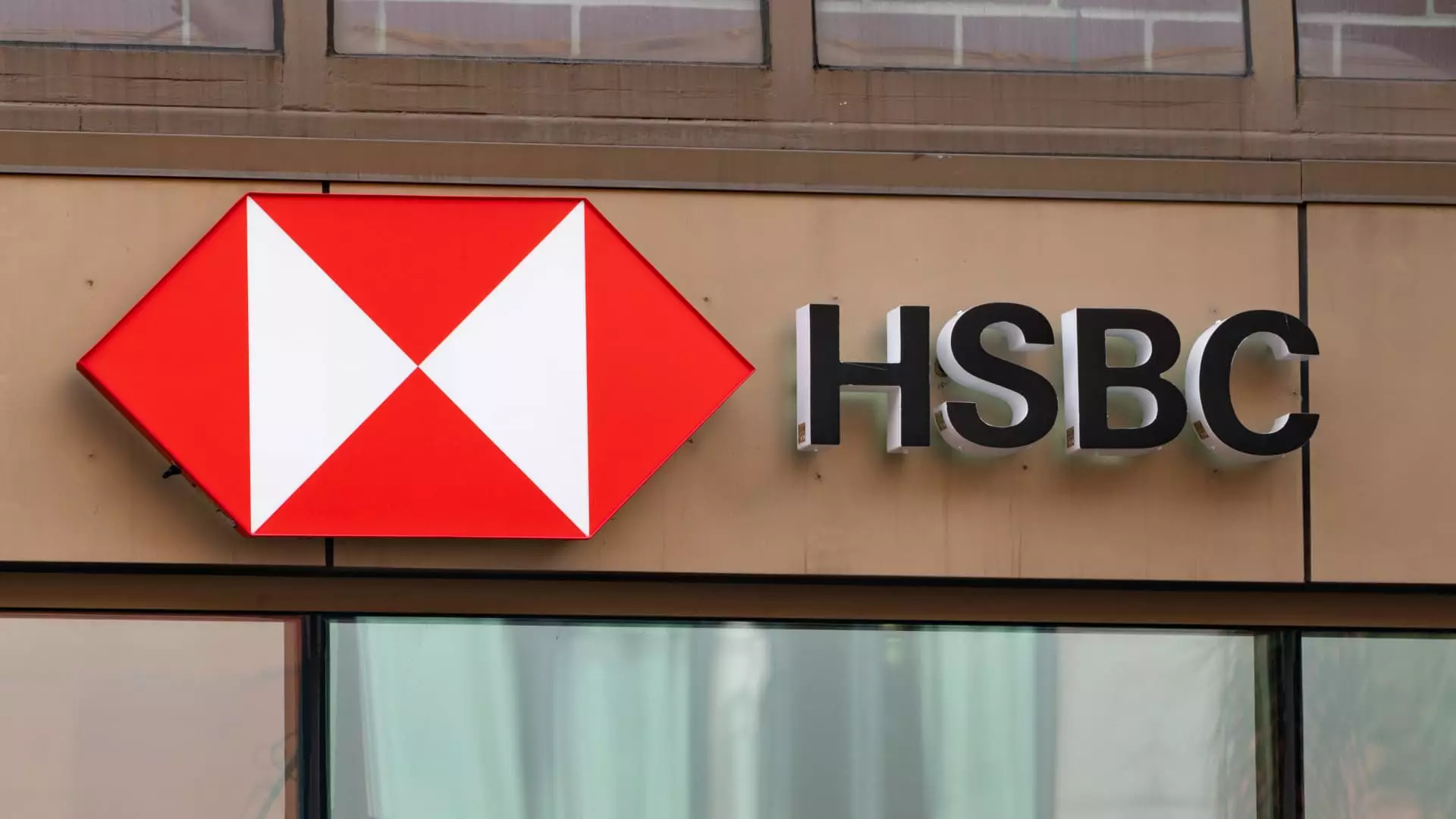In a significant move, HSBC has introduced a transformative restructuring set to redefine its operational framework. This overhaul not only consolidates the bank’s functions into four newly formed business units but also marks the appointment of its first female Chief Financial Officer (CFO). As the financial world watches closely, industry analysts and investors are evaluating what this strategic shift means for the future of one of the world’s largest banking institutions.
The restructuring is designed to streamline operations, thereby reducing redundancy in decision-making processes. HSBC’s new organizational model divides its global operations into four key divisions: Hong Kong, U.K., International Wealth and Premier Banking, and Corporate and Institutional Banking. This change reflects the desire for a more dynamic and nimble banking structure that can swiftly adapt to shifting market conditions.
Elhedery, the new CEO, expressed optimism regarding this reorganization, indicating that it aligns with HSBC’s strategic objectives. The simplification of operations aims to facilitate more effective management while positioning the bank for its next growth phase. Integrating a significant number of employees—over 213,000—into this new framework creates both logistical challenges and opportunities to instigate cost reductions, a necessity in today’s competitive banking environment.
HSBC’s restructuring also comes at a time when its largest shareholder, Chinese insurer Ping An, has been vocal about the need for a strategic spin-off of the bank’s Asian operations. Despite pressures and discussions surrounding a potential division, HSBC’s board rejected such an initiative in a recent annual general meeting. By opting for internal restructuring instead of divestitures, HSBC appears to be favoring a unified approach to enhance operational efficiency while addressing shareholder concerns.
The bank’s strategic focus on the “Eastern markets”—which encapsulates the Asia-Pacific and Middle Eastern regions—contrasts with its “Western markets” division, targeting operations in Europe and North America. This geographical delineation not only reflects the bank’s global reach but also highlights its commitment to harnessing growth opportunities across various economic landscapes.
Despite challenges posed by fluctuating monetary policies and a potential decline in the favorable interest rate environment for financial institutions in Europe, HSBC recently reported impressive financial results. With a pretax profit of $21.56 billion in the first half of the year, along with an announced share buyback program, the bank demonstrated resilience amid prevailing economic uncertainties.
However, the looming specter of altered monetary policies, as indicated by the European Central Bank’s actions, raises questions about the bank’s future profitability. Analysts are particularly focused on how HSBC adapts to a potentially lower interest rate landscape, which had previously bolstered its earnings. The pressure to maintain growth in such an environment could complicate HSBC’s restructuring plans, factoring in not only internal costs but also external market dynamics.
The Leadership Shift as a Catalyst for Change
The transition to a new CFO, Pam Kaur, who previously served as the group’s Chief Risk and Compliance Officer, signals a new direction in financial governance. Leadership changes at the top are often indicative of broader cultural and strategic shifts within organizations. Kaur’s elevation to CFO, following interim Chief Financial Officer Jon Bingham, suggests a focus on risk management in tandem with financial strategy—an essential balance as HSBC navigates the complexities of an evolving global market.
Moreover, this restructuring aligns with HSBC’s commitment to not only bolster its management ranks but also enhance its adaptability in response to changing economic landscapes and regulatory environments. With a technology-driven banking environment continuously reshaping customer expectations, the need for a responsive and innovative leadership structure becomes ever more critical.
As HSBC embarks on this ambitious restructuring journey, the outcome will markedly influence its positioning within the competitive banking sector. The combination of a newly consolidated operational framework, a responsive leadership team, and a strategic focus on both Eastern and Western markets will be paramount in determining the bank’s ability to thrive in an increasingly complex financial world. Stakeholders will closely monitor these developments, eager to see if HSBC can successfully translate its vision into tangible growth and sustained profitability. Ultimately, the success of this restructuring will hinge on execution and the bank’s capacity to adapt to an environment fraught with both challenges and opportunities.

